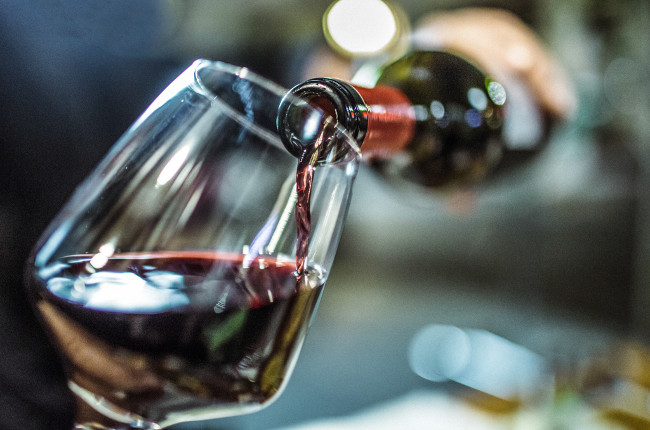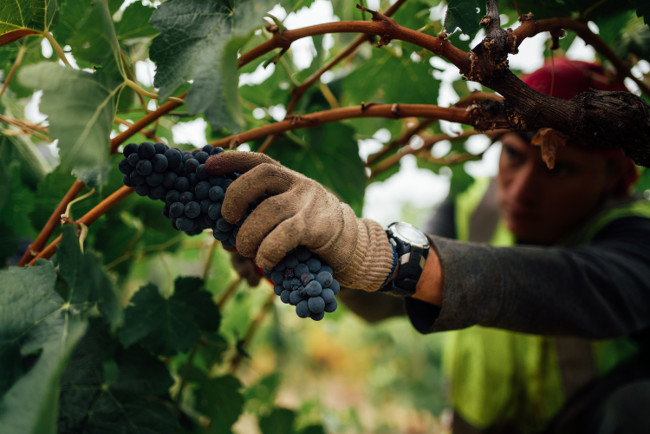Anyone with an interest in wine will know that this beloved tipple comes in a vast number of varieties, and from regions to grapes, vintages to variety, there’s a lot to get your head around when it comes to choosing the right bottle. Whether you’re of the belief that expensive wine is better, or have enjoyed a good glass or two across a spectrum of price points, there’s one thing all wine drinkers have in common: No matter the cost, we all want a good bottle.
Whilst we all have our likes and dislikes, differentiating between a good bottle of wine and one that is less so is about far more than just preference and flavour. Those who have always used the price tag as a guide may be surprised to find that heftier isn’t always better after all; some expensive wines can be rather an anti-climax to an experienced sommelier, whilst equally, a lower-priced bottle can pleasantly surprise.

If there’s anyone who knows exactly how to identify quality in a wine, it’s the experts at Wine Access – who themselves taste over 20,000 of the world’s best wines every year in a bid to track down the bottles that exceed the expectations defined by their price.
Vanessa Conlin (pictured above), a Stage 3 Master of Wine student and Wine Access whizz who has herself worked at some of the most prestigious wineries in Napa Valley, California, believes that being able to identify quality boils down to three basic measures – balance, complexity, and length.
“I’ve spent years of my life perfecting the ability to identify a wine in a blind tasting, down to the variety, region, and vintage,” she says.
“Whilst developing this skill is crucial for passing the Master of Wine exam, these minutiae are less important than being able to understand and assess quality in the glass when deciding what to purchase for your cellar.”
If you were given three glasses of wine without seeing the bottles or prices, would you be able to identify which would be considered the best by professionals? It’s no easy task. When assessing quality, there are three benchmark aspects that should be considered – balance, complexity, and length. Unsure where to start? Read on to find out how, with a little help from Wine Access.

Balance
“To me, balance is the most important aspect of a wine when assessing quality,” says Vanessa. She adds: “It indicates the measure of all structural elements of the wine, as well as whether these are weighted equally. While wines will “come together” over time in the cellar, a wine that is simply out of balance will always be out of balance.
“The structural components of acid, alcohol, tannin – if a red wine – plus body and ripeness, should complement each other without any one overpowering the palate,” Vanessa explains. “For example, an overly-ripe wine will lack acid and therefore freshness, detracting from the quality. Conversely, a wine with high acidity but without ample fruit ripeness to counter will taste sharp, unpleasant, and bitter. Achieving balance requires discipline and rigorous attention in the vineyard and the winery, but doesn’t have to be associated with a premium price.”
Complexity
Complexity is the array of aromas and flavours contributing to the overall character of the wine. A complex wine will have a broad mix of aromas and flavours contributing to the impression of the wine, whereas a simple wine may only have two or three.
Complexity can come from fruit and non-fruit descriptors, like floral, mineral, savoury, herb, even animal, and can come just from the variety and the region in which it was grown, but can also be contributed to by the winemaking process. For instance, a winemaker may choose to leave the wine on the lees or age the wine in new or partially new barrels. Winemaking choices such as this can enhance the overall complexity of the wine. These winemaking choices can contribute to complexity not just in aromas and flavours but also to the texture, or mouth-feel of the wine, which can add to the complexity.

Length
Whilst many wine lovers might have some understanding of balance and complexity, one element that is often forgotten is length – the “finish” of a wine, or the amount of time the flavours linger or even continue to develop on the palate after the wine is tasted.
“The length should be inclusive of the array of flavours discussed in complexity – not just one flavour. A high-quality wine will have a persistence on the palate for 30 seconds up to minutes,” explains Vanessa.
It’s important to note, however, that long length is nothing if the flavours that linger aren’t pleasant.
Why not select some wines from your cellar at varying price points and asses them for balance, complexity, and length? After all, practice makes perfect – and it’s the only excuse you need to crack open another bottle!






















